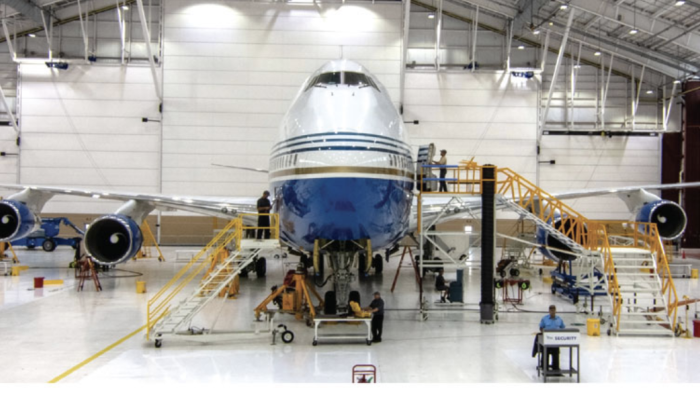The FAA delivered some good news in a proposed rule change that will free operators from the burden of needing mechanics to update onboard navigation databases.
Under the current rules, nav data updating is classified as preventive maintenance. While pilots operating under Part 91 are permitted to update nav databases (and perform any kind of preventive maintenance), the FAA does not allow Part 135 pilots the same latitude. Thus a charter operator could have an aircraft stuck if its nav database expired away from home base without a local mechanic or FAA-approved repair station available and qualified to perform the update.
Under the new notice of proposed rulemaking (NPRM), the FAA would allow pilots to update a “self-contained, front-instrument panel-mounted and pedestal-mounted air traffic control (ATC) navigational system database.” According to the FAA, “The effect of this revision would be to ensure that pilots using specified navigation equipment have the most current and accurate navigational data and thereby increase aviation safety.” Comments on the NPRM are due by Dec. 19, 2011.
The complexity of nav database updating techniques on older equipment led to the original requirement, which the NPRM seeks to change, the FAA noted. “The FAA established the requirement to have qualified personnel update nav system databases to address the complexity of older systems, for which a person needed training and specialized equipment and access to installed equipment to perform the update. Updating newer nav systems is now a simple procedure that does not require special training or specialized equipment. Consequently, the safety concerns that existed when the current regulations were promulgated are no longer valid.”
The new rule would not remove the requirement that whoever updates the nav database must make an entry in the aircraft’s documents, and there are other requirements:
(1) No disassembly of the unit is required.
(2) The pilot has written procedures available to perform and evaluate the accomplishment of the task.
(3) The database is contained in a field-loadable configuration and imaged on a medium, such as a compact disc read-only memory (CD–ROM), synchronous dynamic random-access memory (SDRAM) or other nonvolatile memory that contains database files that are non-corruptible upon loading and where integrity of the load can be assured and verified by the pilot upon completing the loading sequences.
(4) Records of when such database uploads have occurred, the revision number of the software and who performed the upload must be maintained.
(5) The data to be uploaded must not contain system operating software revisions.
Organizations such as the National Air Transportation Association (NATA), which has been lobbying for regulatory relief, have generally welcomed the rule change. However, NATA explained in a regulatory report issued to its members, “NATA is pleased that the FAA has begun this rulemaking project. However, NATA believes that the FAA has not fully addressed the issue. Numerous aircraft flight management systems that use a data loader to update their navigational databases are not included in this proposed rule. NATA will provide detailed comments to the FAA to help ensure that this proposed rulemaking project eliminates the burdens of outdated regulations on the industry.”







